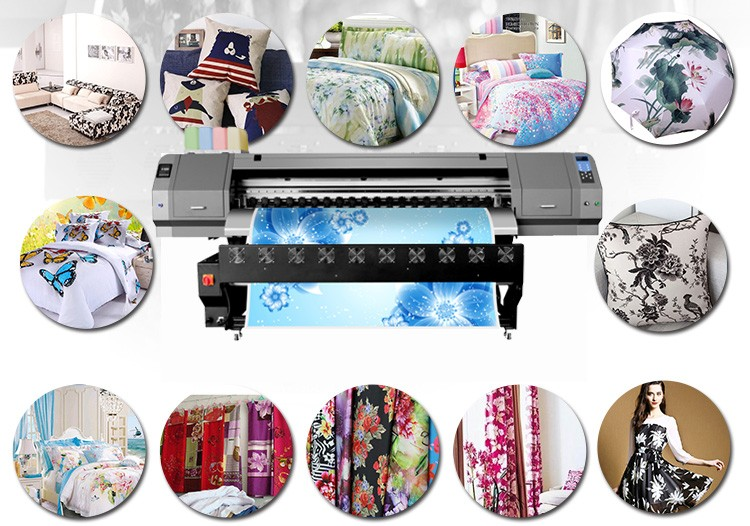Dye-sublimation printing is a digital printing technology, also known as heat transfer printing. This technology transfers patterns to
Sublimation Paper or other materials by heat-pressing thermal toner or resin pigments.
Can it be sublimated into anything?
For best sublimation results, it's best to use with polyester materials. It can be used with a range of materials with specialist polymer coatings, such as those found on mugs, mouse pads, coasters and more. In some cases, sublimation can also be used on glass, but it must be regular glass that has been properly treated and prepared with a professional spray. During heat transfer, there is usually a transfer layer that will also be transferred to the material.
What are the limitations of sublimation?
In addition to the materials that can be used for sublimation, one of the core limitations of sublimation is the color of any material. Because sublimation is essentially a dyeing process, you get the best results when the fabric is white or light-colored. If you want to print on black shirts or darker materials, then it's best to use a digital printing solution. Dye-sublimation printing doesn't last long on natural materials like cotton shirts or silk, and can only be used on polyester fabrics, where polyester or polyester coatings provide an ideal surface for heat transfer. Another problem is white creases. If the textile has seams or creases, sublimation won't print on it, so be careful when applying pressure with the heat press.
Can a
Sublimation Printer print white?
Sublimation uses CMYK printing and cannot produce white. To do this, you can print on white material and any other lighter color. However, this will not work with
Sublimation Ink if there is white in the design.
Is sublimation better than screen printing?
Both silk screen and sublimation printing methods are not easy to fade and unlike other printing color patterns will crack, nor will they be washed for a long time.
How to choose between sublimation and silk screen printing?
Although both printing methods have their own advantages, the following points must be considered in which process to use in actual production:
order size
The larger the volume, the more cost-effective screen printing is. Because dye sublimation is somewhat time-consuming, it's not the most practical solution for large orders. Therefore, for smaller orders, sublimation may be a better option, and most printers also have a minimum order quantity for their screen printing services. Job settings
One of the most significant limitations of screen printing is that only one color can be applied to the substrate at any time. There is an additional issue with the alignment of the different color layers. Therefore, screen printing setup time can be lengthy when more than one color is involved. On the other hand, with sublimation, there is no need to worry about the alignment of individual colors, because sublimation printing will print all colors at once, making it easier to customize the design and only need to change the design draft, unlike silk printing where you have to make a plate. material selection
In terms of substrates that can be printed on, silk screen printing is the most versatile and can be printed on almost any material. Dye sublimation printing is typically used on white or light-colored polyester or polyester blends.
Each printing process has pros and cons, and as we've just covered, there are many factors that will determine whether sublimation is best, or alternatives such as screen printing, heat transfer or
Direct-to-garment printing should be considered.




